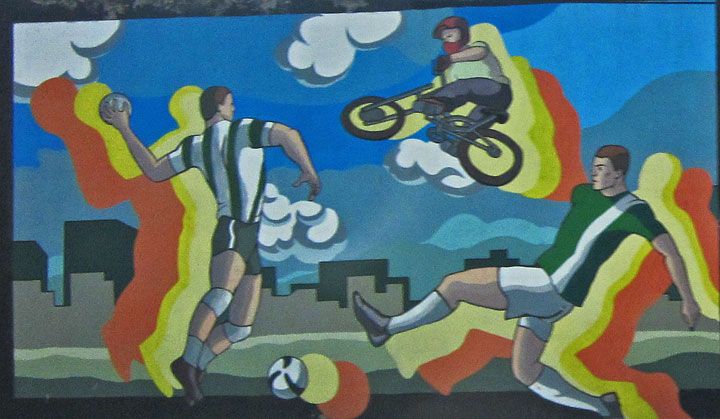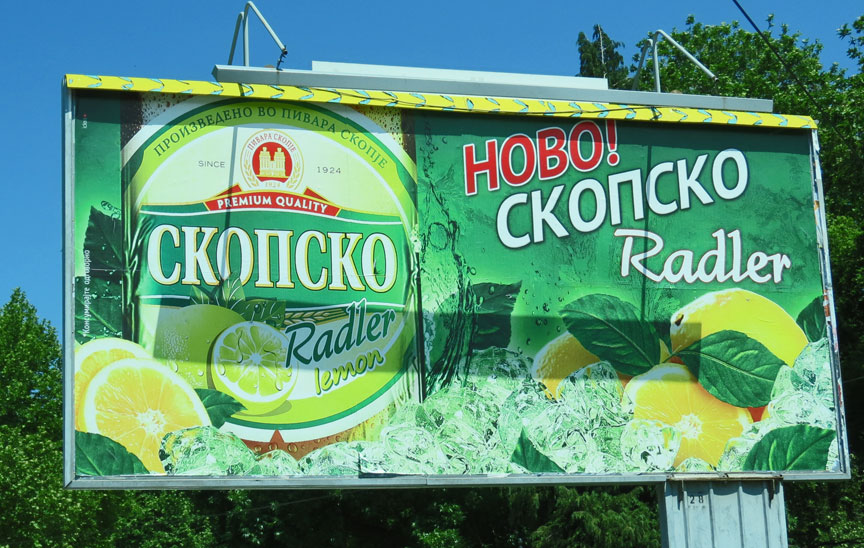

Bitola
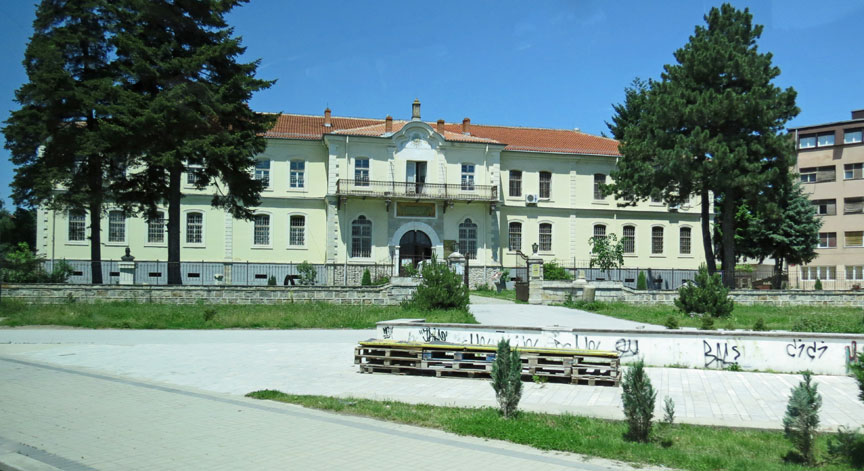
former Military Academy attended by Mustafa Kemal Ataturk
Bitola, formerly Monastir or Manastır; known also by several alternative names) is a city in the southwestern part of the Republic of Macedonia. The city is an administrative, cultural, industrial, commercial, and educational centre. It is located in the southern part of the Pelagonia valley, surrounded by the Baba and Nidže mountains, 14 km north of the Medžitlija-Níki border crossing with Greece. It is an important junction connecting the south of the Adriatic Sea with the Aegean Sea and Central Europe. It has been known since the Ottoman period as "the city of the consuls", since many European countries have consulates in Bitola. According to the 2002 census, Bitola is the second largest city in the country. Bitola is also the seat of the Bitola Municipality.
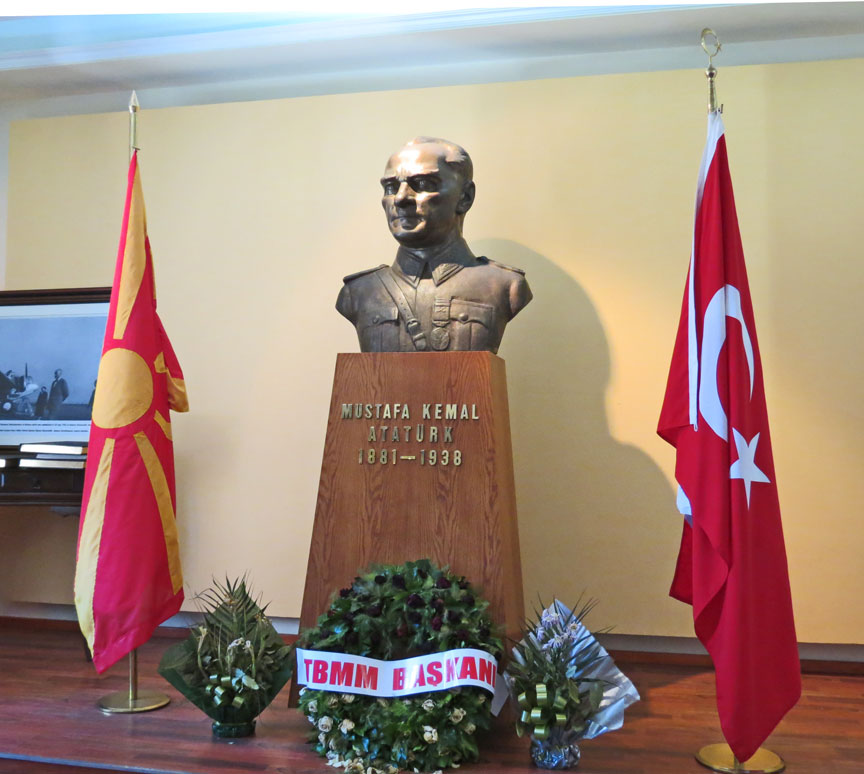
Mustafa Kemal Ataturk
From 1382 to 1912, Manastır (now Bitola) was part of the Ottoman Empire. Fierce battles took place near the city during the arrival of Turkish forces. Turkish rule was completely established after the death of Prince Marko in 1395 when Ottoman Empire established the Sanjak of Ohrid as a part of the Rumelia Eyalet and one of earliest established sanjaks in Europe. Before it became part of the Ottoman Empire in 1395 its initial territory belonged to the realm of Prince Marko. Initially its county town was Bitola and later it was Ohrid, so it was initially sometimes referred to as Sanjak of Monastir or Sanjak of Bitola.
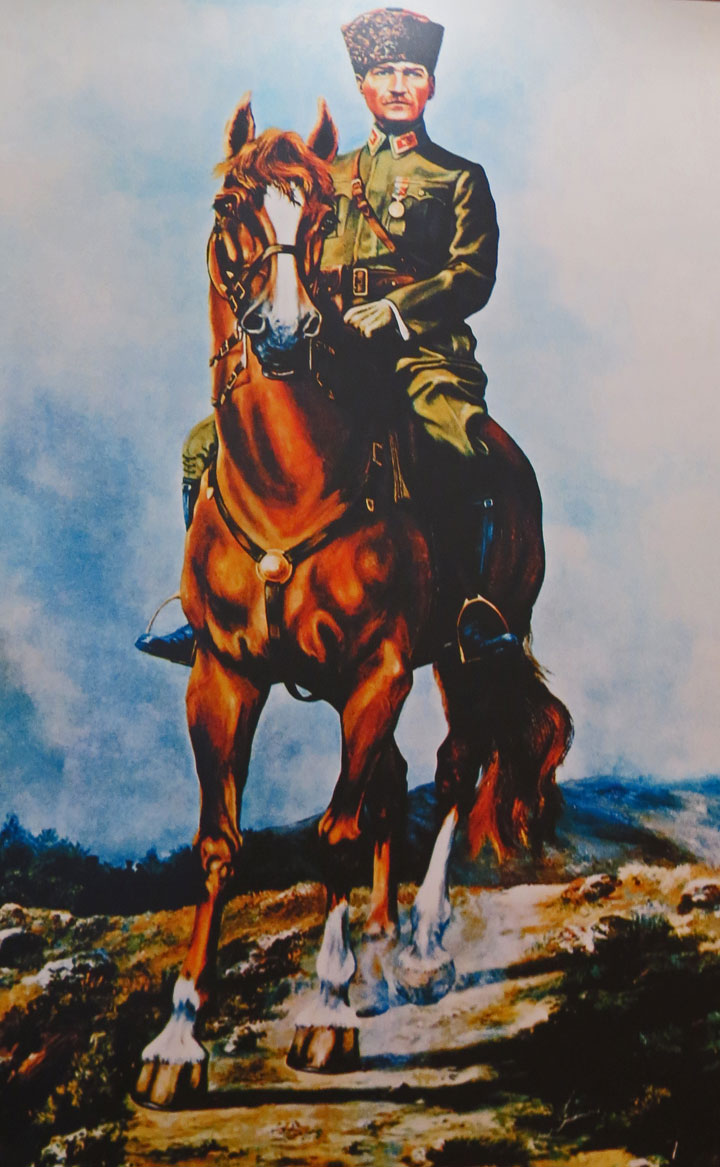
Mustafa Kemal Ataturk
For several centuries, Turks were a majority in this city, while the villages were populated mostly with Slavs. Evliya Çelebi says in his Book of Travels that the city had 70 mosques, several coffee-tea rooms, a bazaar (market) with iron gates and 900 shops. Manastır became a sanjak centre in the Rumelia Eyalet (Ottoman province).
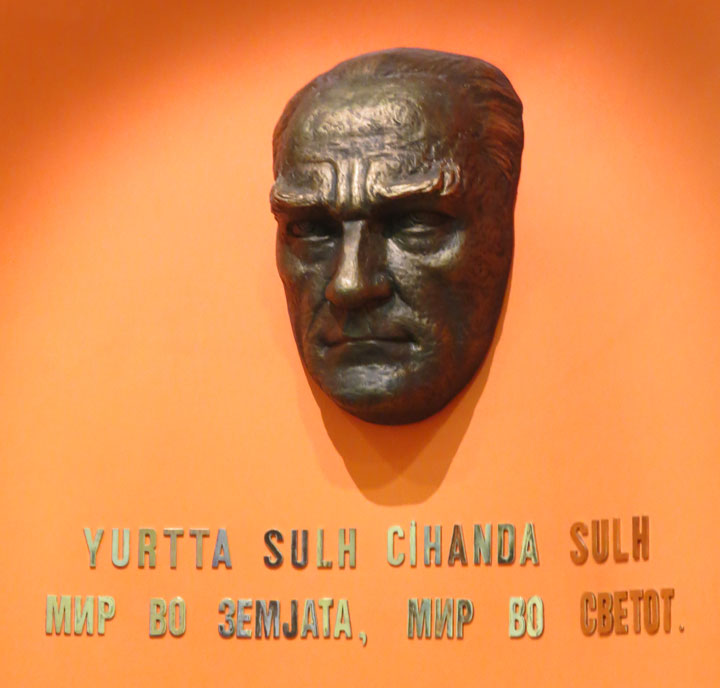
After the Austro-Ottoman wars, the trade development and the overall thriving of
the city was stifled. But in late 19th century, it again it became the
second-biggest city in the wider southern Balkan region after Salonica. The city
is also known as "city of consuls", because 12 diplomatic consuls resided here
from 1878 to 1913.
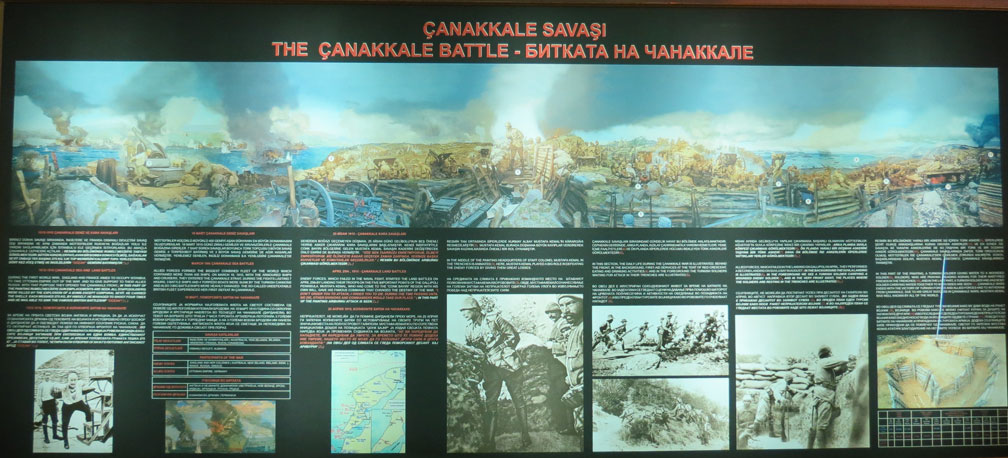
Canakkale Battle
In 1864, Manastır became the center of Monastir eyalet which included the sanjaks of Debra, Serfidze, Elbasan, Manastır (Bitola), Görice and towns of Kırcaova, Pirlepe, Florina, Kesriye and Grevena.
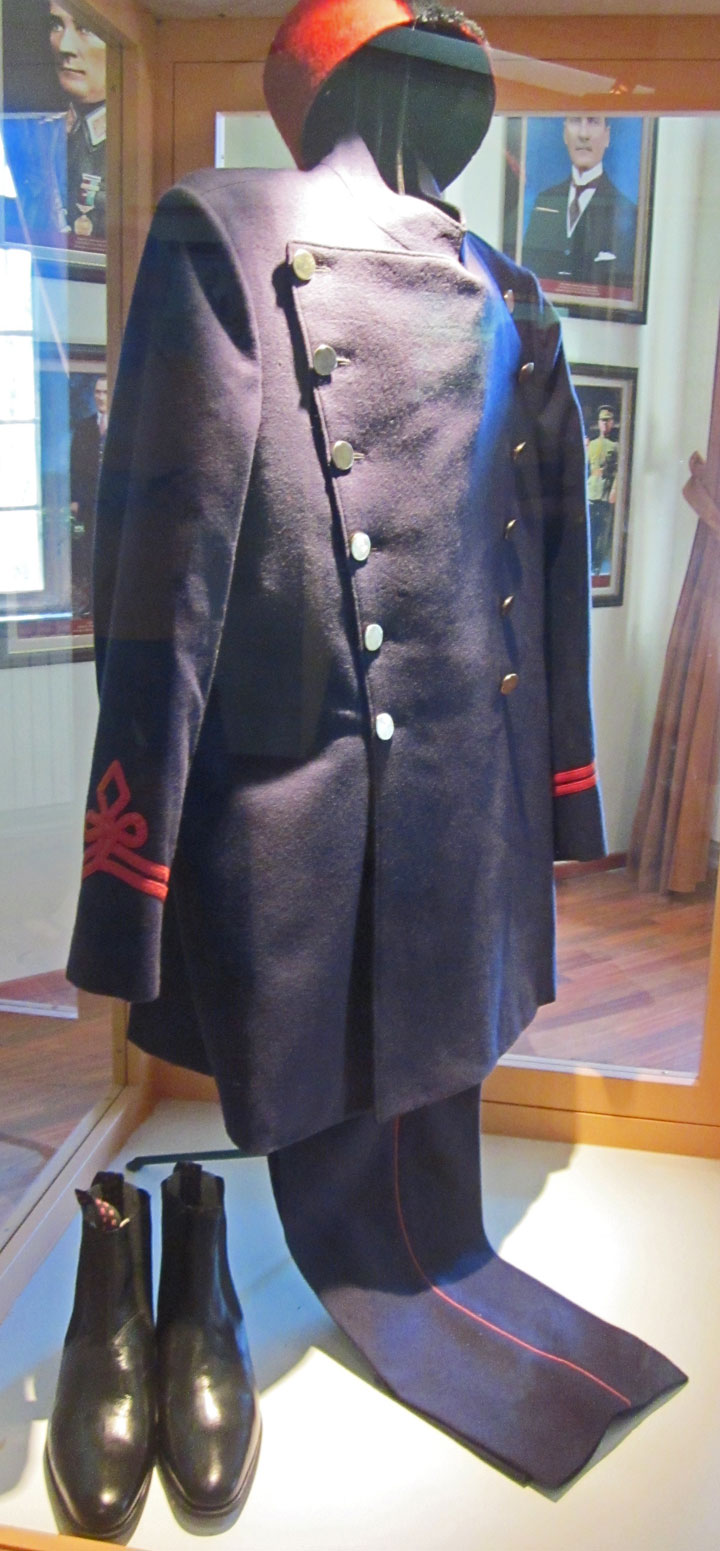
Traditionally a strong trading center, Bitola is also known as "the city of the
consuls". At one time during the Ottoman rule, Bitola had consulates from twelve
countries. During the same period, there were a number of prestigious schools in
the city, including a military academy that, among others, was attended by the
famous Turkish reformer Kemal Atatürk. Bitola was also the headquarters of many
cultural organizations that were established at that time.
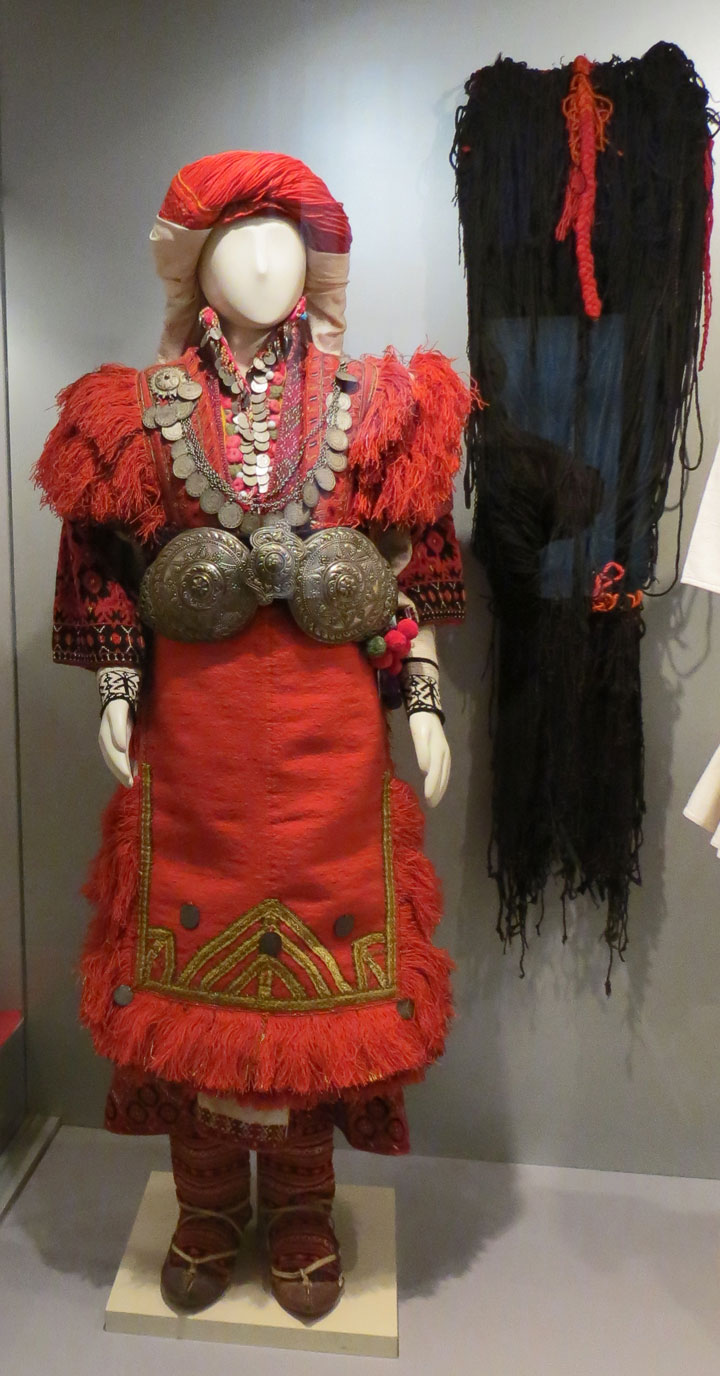
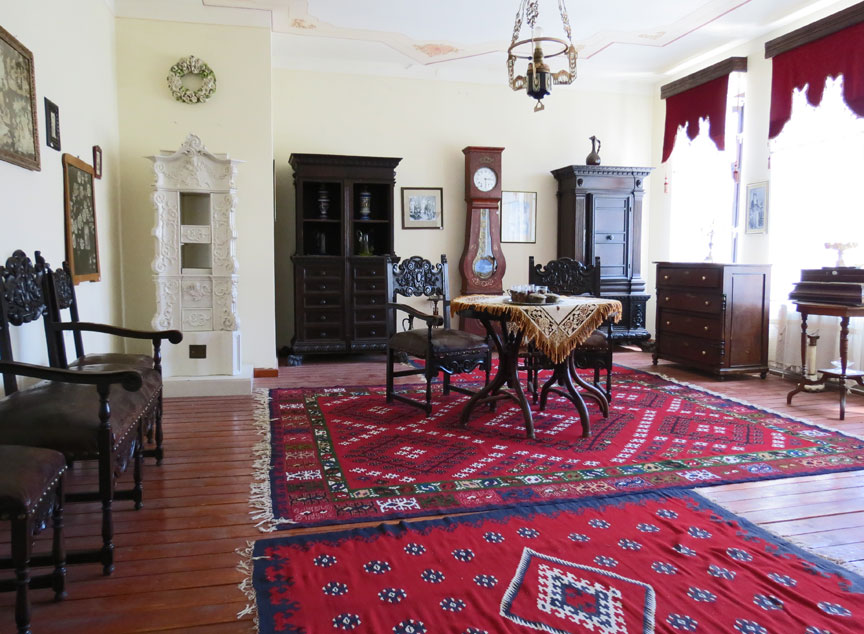
in the Museum
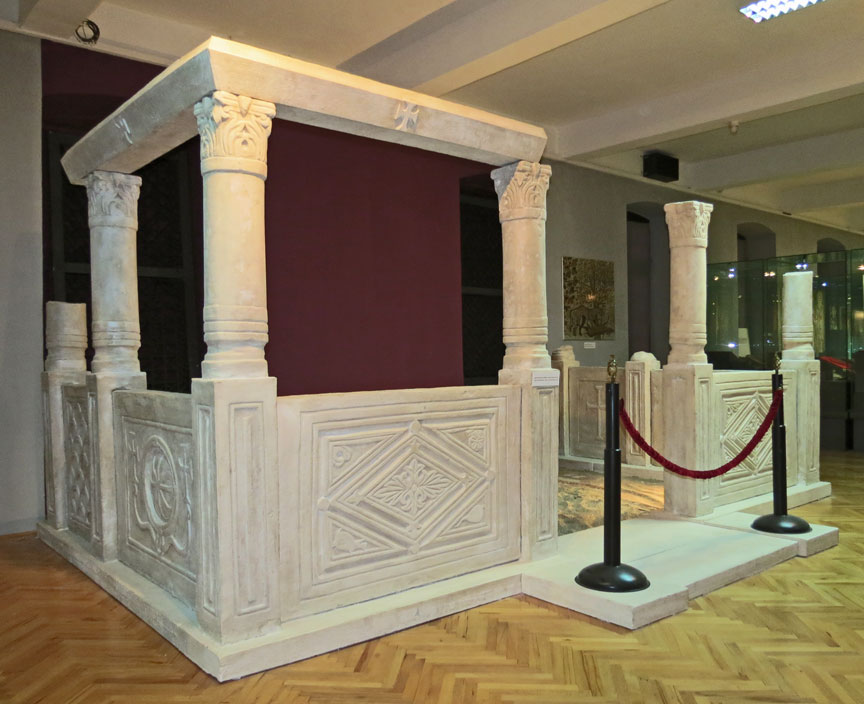
Byzantine altar screen
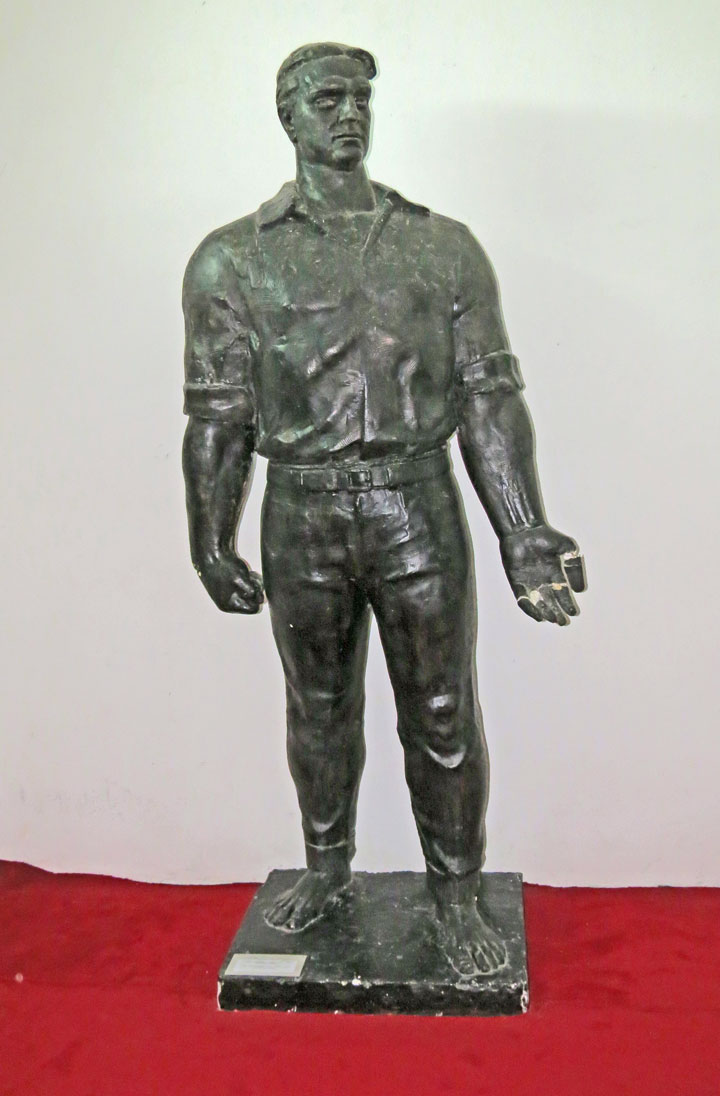
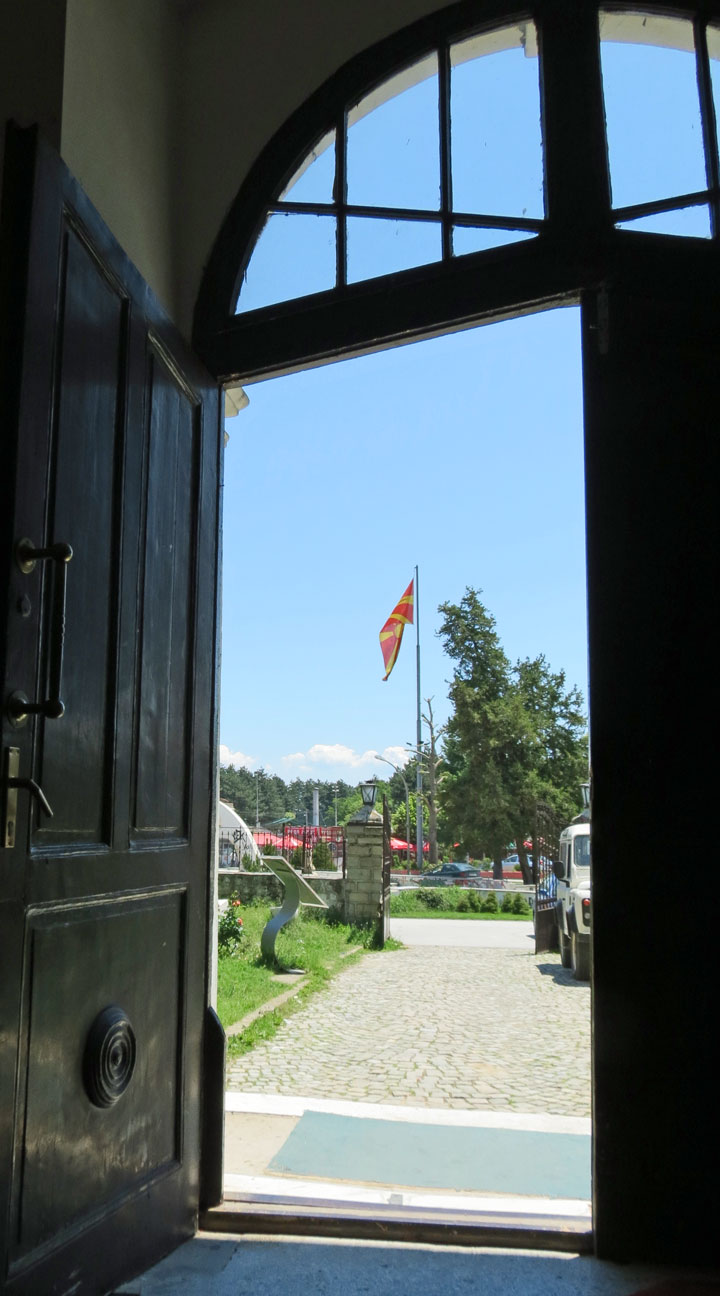
view from the Museum
There are opposing ethnographic data from that period, but it appears that no
specific ethnic or religious group could claim an absolute majority of the
population. According to the 1911 Ottoman census, Greeks were the largest
Christian population in the vilayet, with 740,000 Greeks, 517,000 Bulgarians and
1,061,000 Muslims in the vilayets of Selanik (Thessaloniki) and Manastır.
However, it should be noted that the basis of the Ottoman censuses was the
millet system. People were assigned an ethnicity according to their religion. So
all Sunni Muslims were categorized as Turks, although many of them were
Albanians, and all members of the Greek Orthodox church as Greeks, although
their numbers included a vast majority of Aromanians, South Albanians, and some
Macedonian Slavs. The rest were divided between Bulgarian and Serb Orthodox
churches. (Also see "Jewish community" below.) But the Ottoman register of Bedel-I
Askeriye Tax of 1873 says the Manastır vilayet had about 150,000 Bulgarian men
(heads of households), 40,000 Muslim and only 700 Greek.
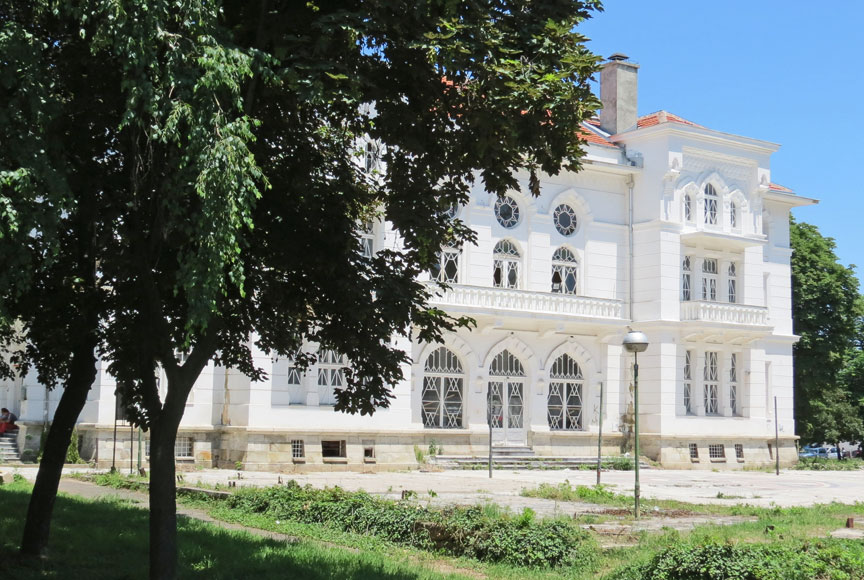
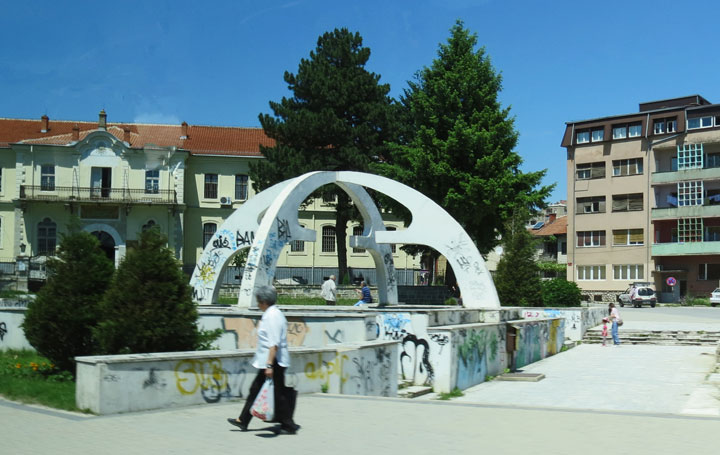
Bitola
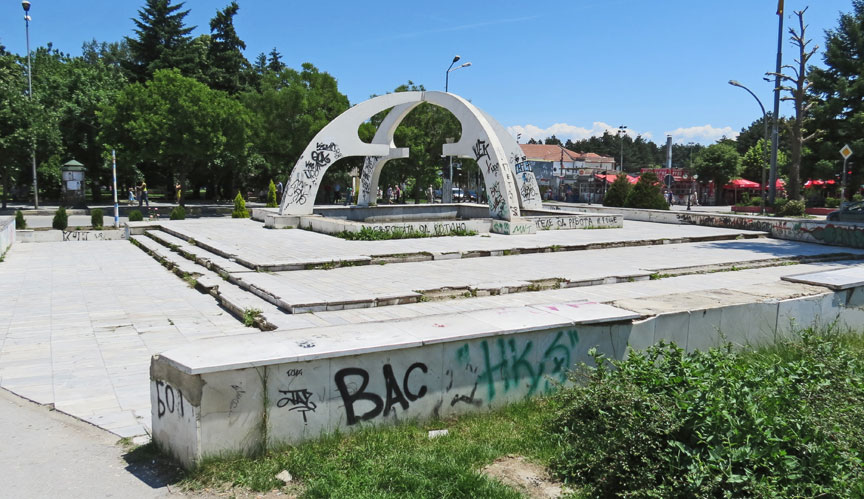
In 1894, Manastır was connected with Selanik by train. The first motion picture made in the Balkans was recorded by the Aromanian Manakis brothers in Manastır in 1903. In their honor, the annual Manaki Brothers International Film Camera Festival is held in modern Bitola.
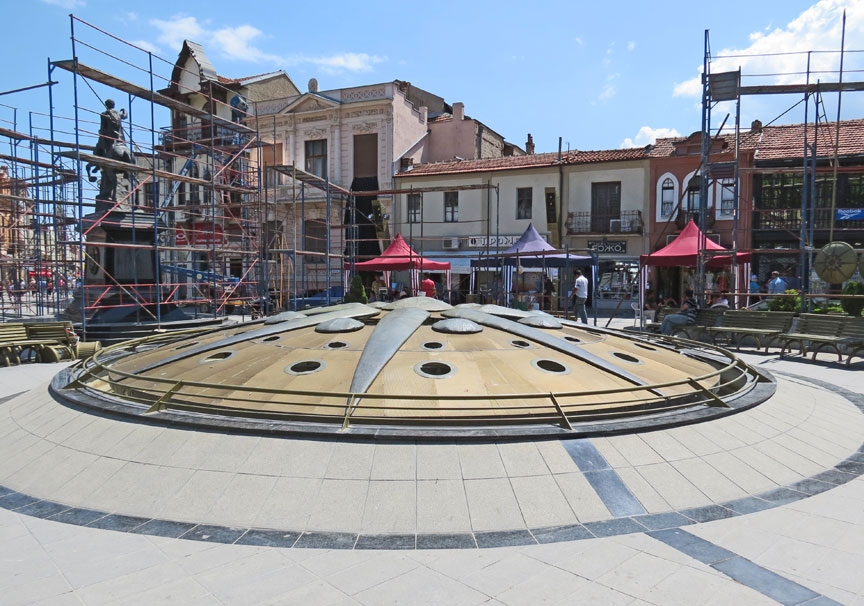
In November 1905, the Secret Committee for the Liberation of Albania, a secret
organization to fight for the liberation of Albania from the Ottoman Empire, was
founded by Bajo Topulli and other Albanian nationalists and intellectuals. Three
years later, the Congress of Monastir of 1908 which defined the modern Albanian
alphabet was held in the city.
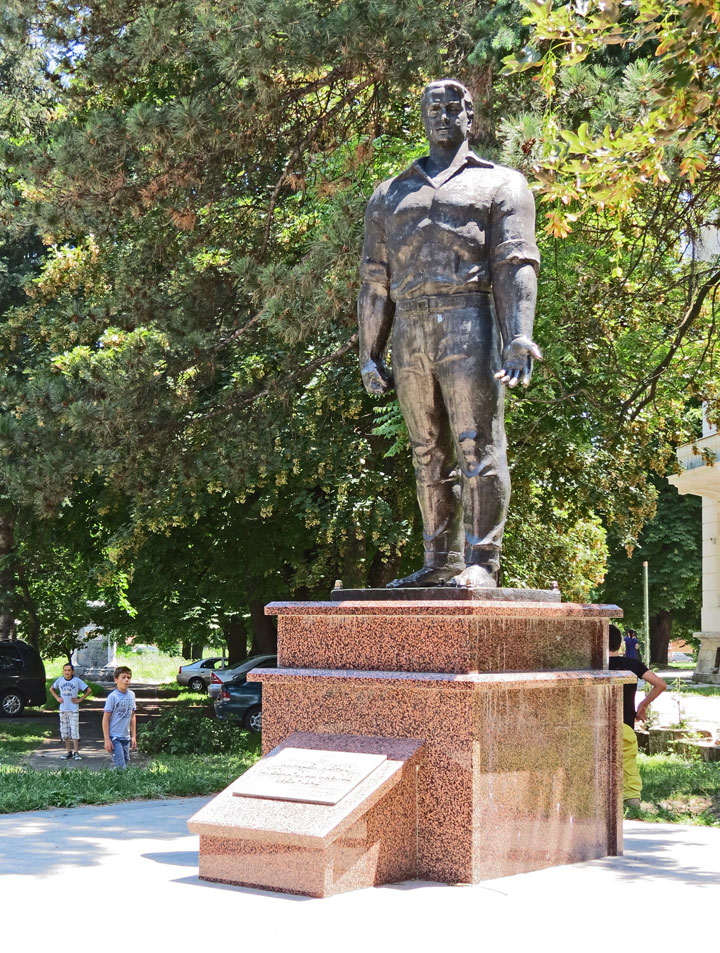
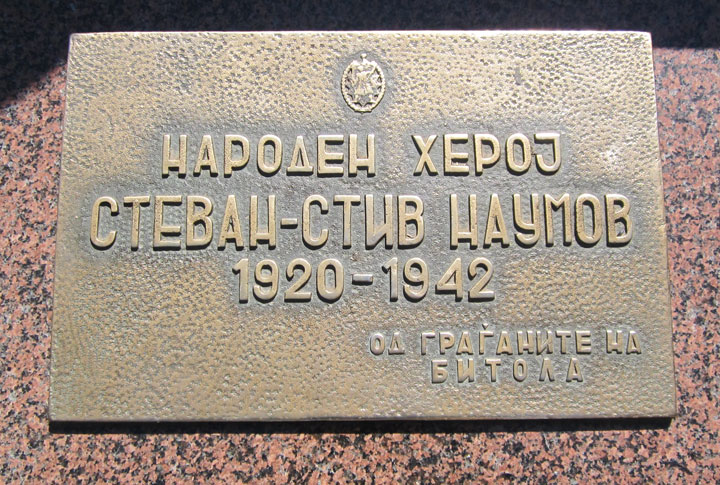
The Bitola region was a stronghold of the Ilinden Uprising. The uprising was
started as decided in 1903 in Thessaloniki by the Internal Macedonian
Revolutionary Organization (IMRO). The uprising in the Bitola region was planned
in Smilevo village in May 1903. The battles were fought in the villages of
Bistrica, Rakovo, Buf, Skocivir, Paralovo, Brod, Novaci, Smilevo, Gjavato,
Capari and others. Smilevo was defended by 600 rebels led by Dame Gruev and
Georgi Sugarev, but when they were defeated, villages were burned.
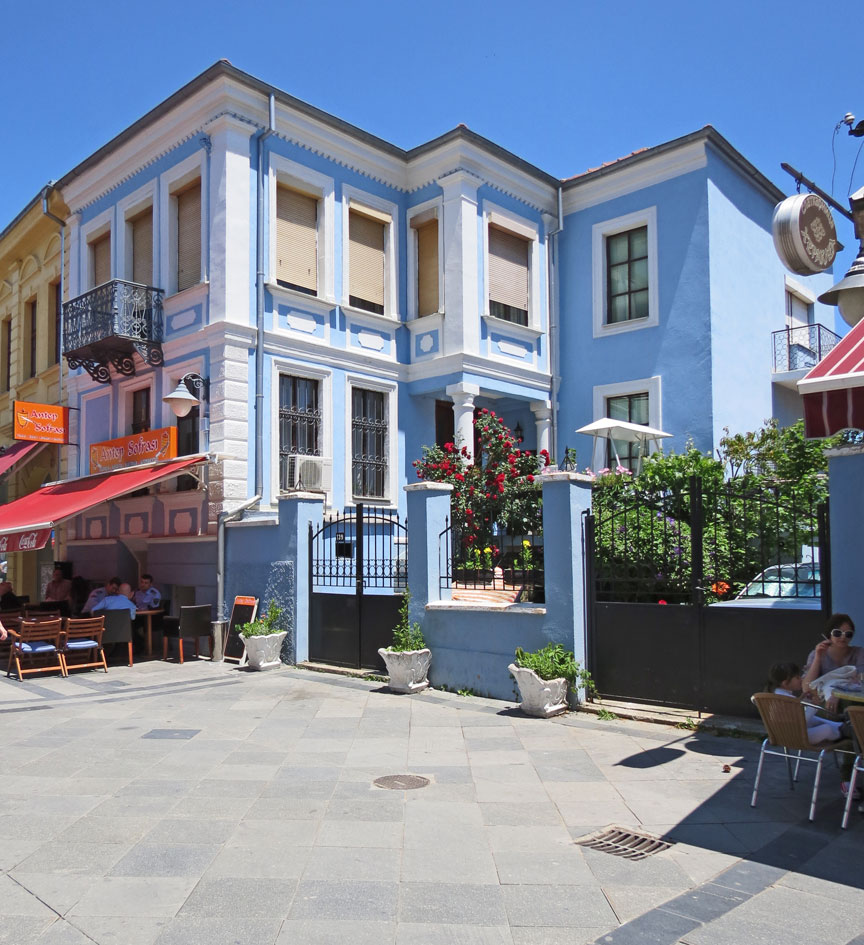

In 1912, Montenegro, Serbia, Bulgaria and Greece fought the Ottomans in the
First Balkan War. According to the Treaty of Bucharest, 1913, the region of
Macedonia was divided in 3 parts among Greeks, Serbs and Bulgarians. Bitola was
to be in Bulgaria, according to a pre-war alliance agreement between Bulgaria
and Serbia. But the Serbian army entered the city and refused to hand it to
Bulgaria. From that moment, the city started to lose its importance and the
population started rapidly decreasing, emigrating outside Macedonia and to the
New World.
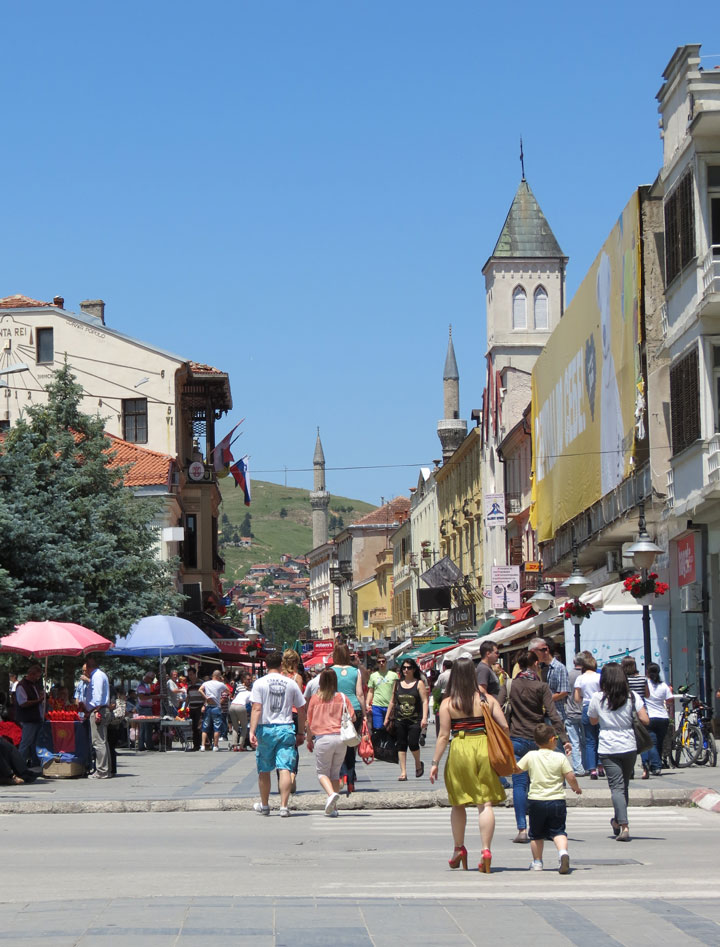
During World War I Bitola was on the Thessaloniki front line. In 1915 Bulgarian
forces took the city and the Serb forces were forced to either surrender or try
a dangerous escape through the Albanian mountains. In 1916, Bitola was occupied
by the Allied Powers, which entered the city from the South fighting the
Bulgarian army. Bitola was divided into French, Russian, Italian and Serbian
regions, under the command of French general Maurice Sarrail. Until Bulgaria's
surrender in late autumn 1918, Bitola remained a front line city and was almost
every day bombarded by airplanes and battery and suffered almost total
destruction.
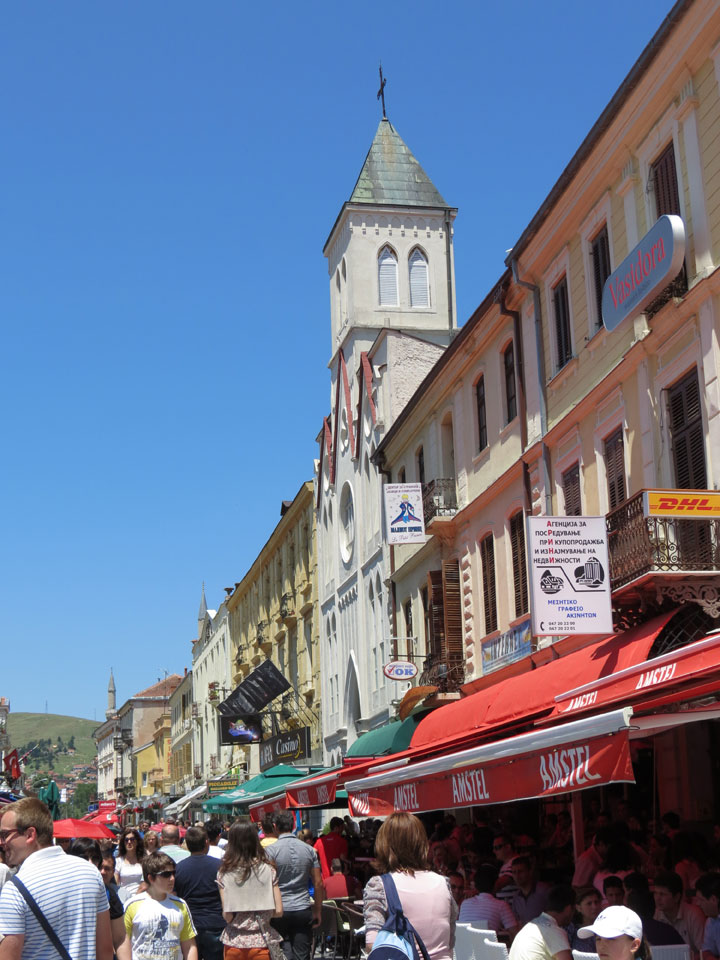
After the end of World War I (1918) Bitola was included in the Kingdom of Serbs,
Croats and Slovenes, later called the Kingdom of Yugoslavia. The city became a
neglected border town, just 14 kilometers from Greece. Bitola's decline
continued throughout this period, together with the general decline in Vardarska
Banovina (Vardar Banovina), which remained one of the poorest regions in
Yugoslavia.
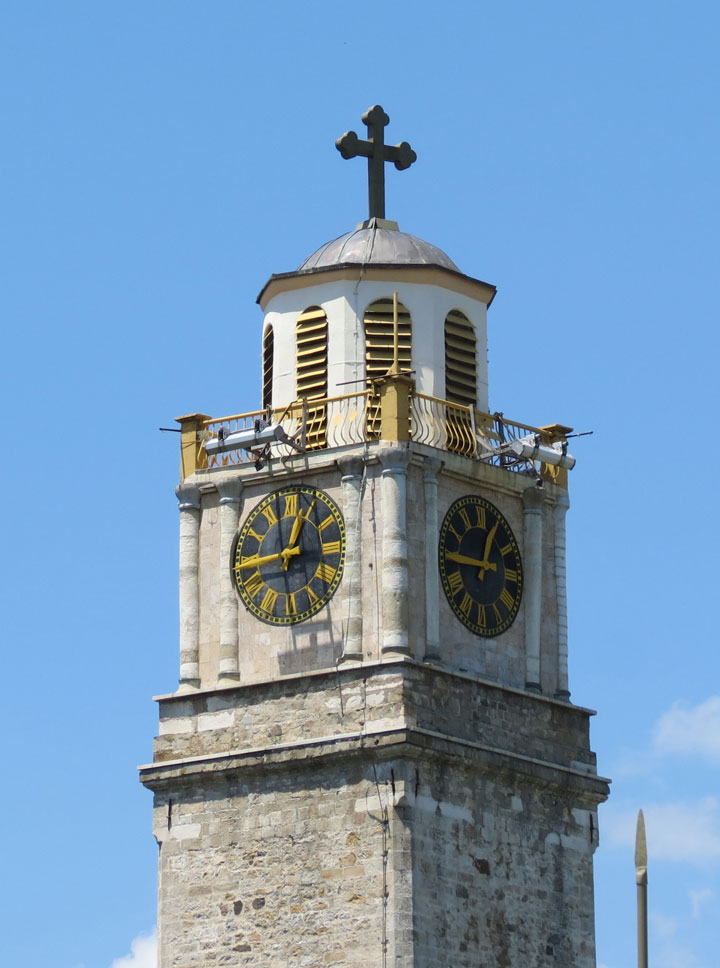
During the World War II (1941–1945), the Germans and later Bulgarians took
control of the city. But in September 1944, Bulgaria switched sides in the war
and withdrew from Yugoslavia, and Bitola was freed by Macedonian pro-Titoist
Partisans. On 4 November, the 7th Macedonian Liberation Brigade entered Bitola
victoriously. After the end of the war, a Macedonian state was established for
the first time in modern history, within Yugoslavia. This had cost about 25,000
human lives. In 1945, the first Gymnasium (named "Josip Broz Tito") to use the
Macedonian language, was opened in Bitola.
Text from Wikipedia

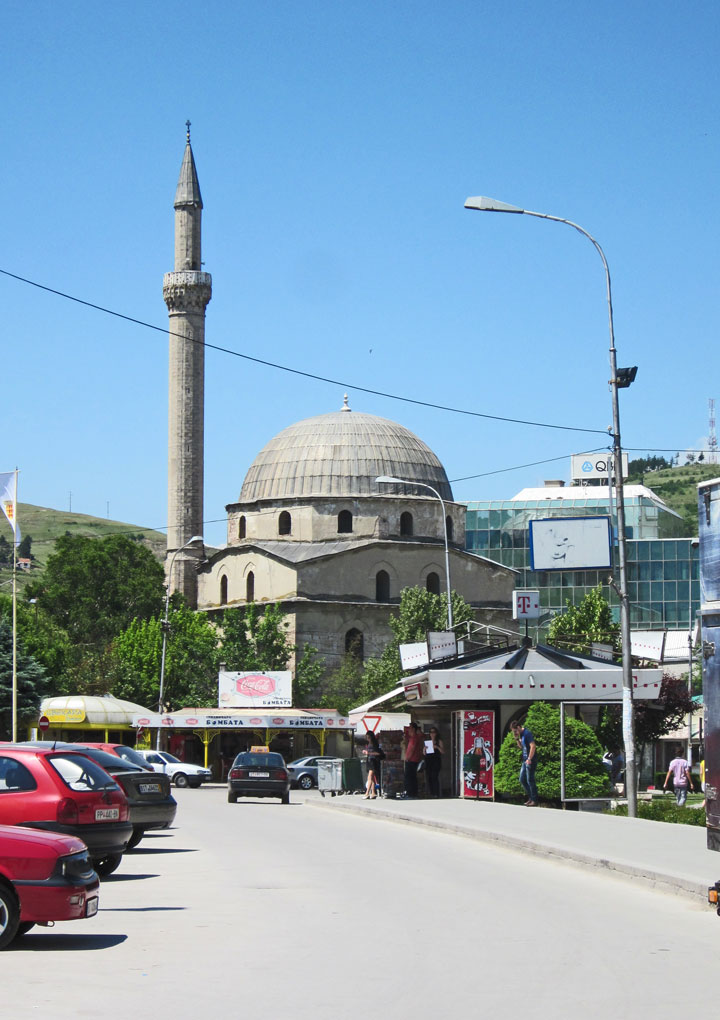
Yeni mosque
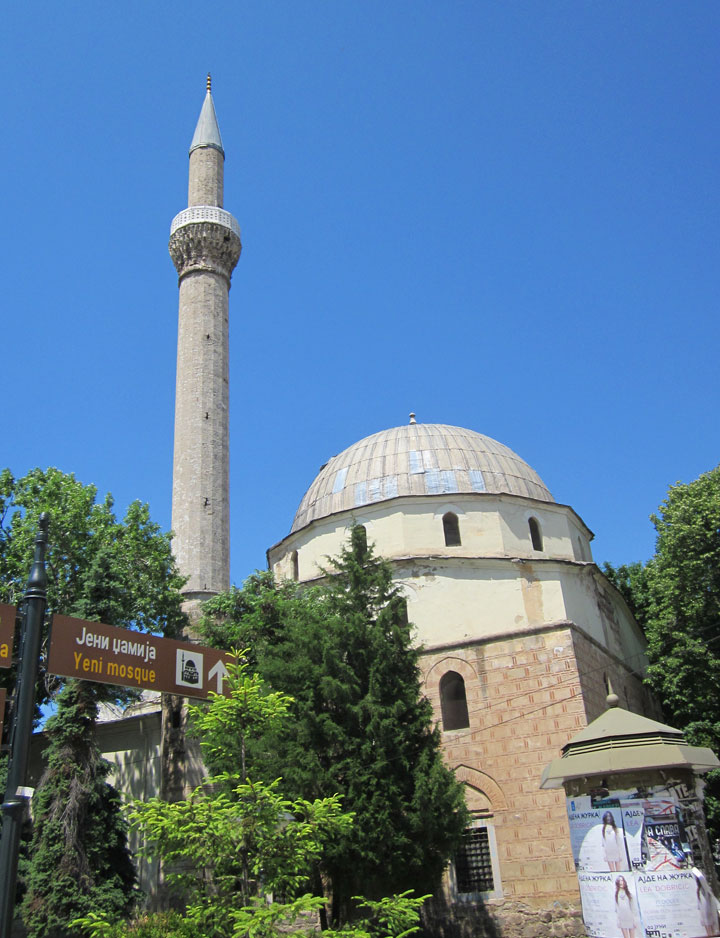
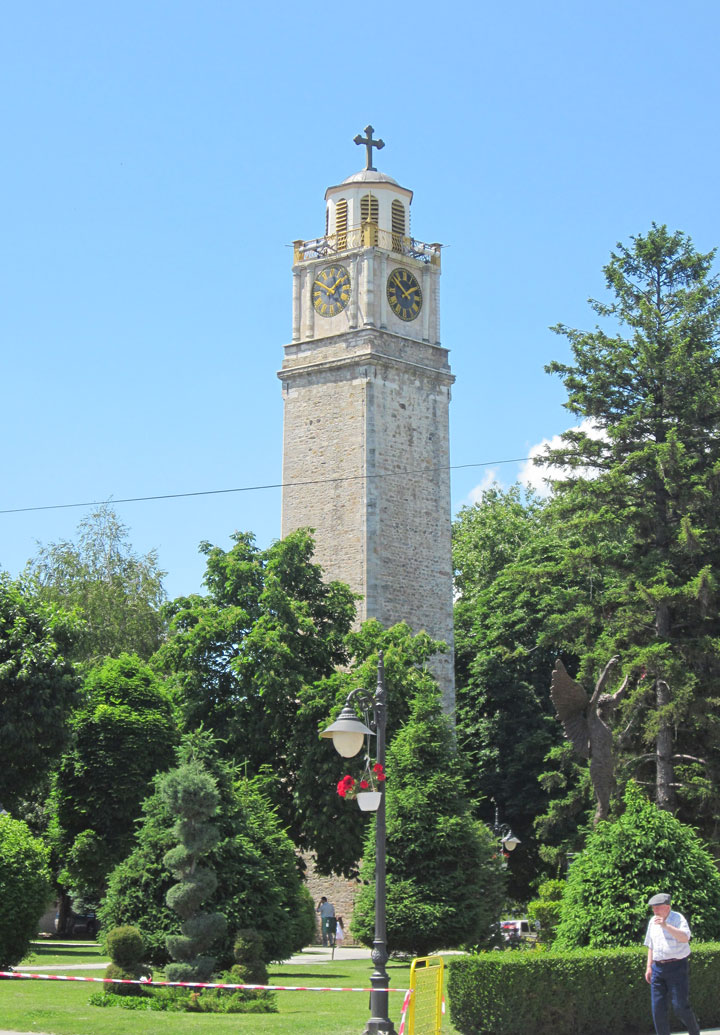
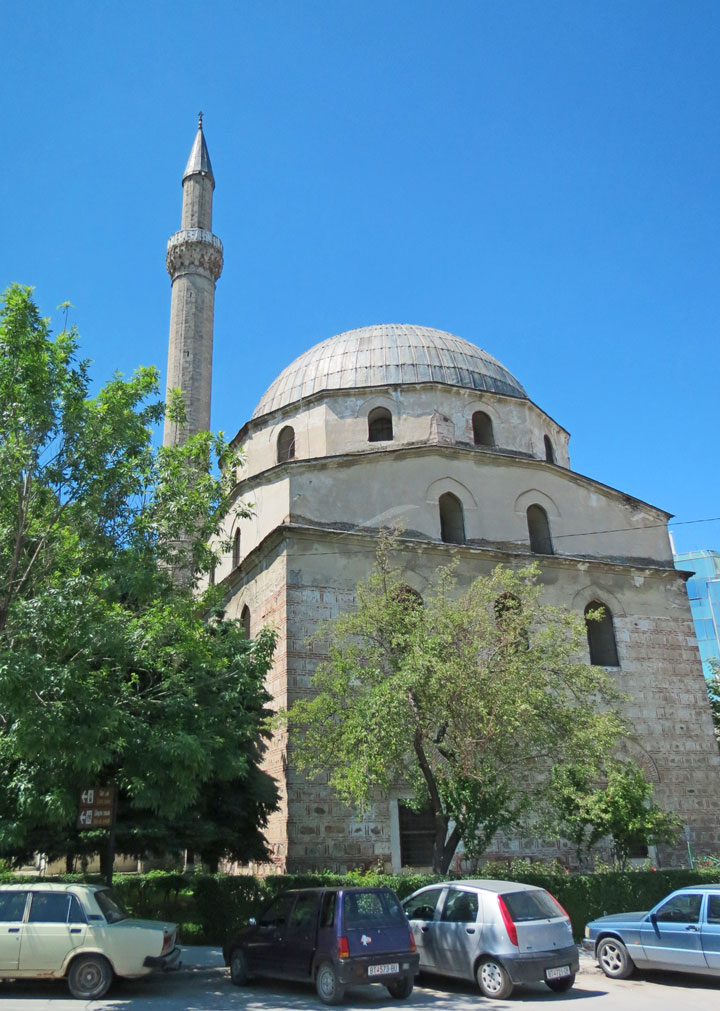
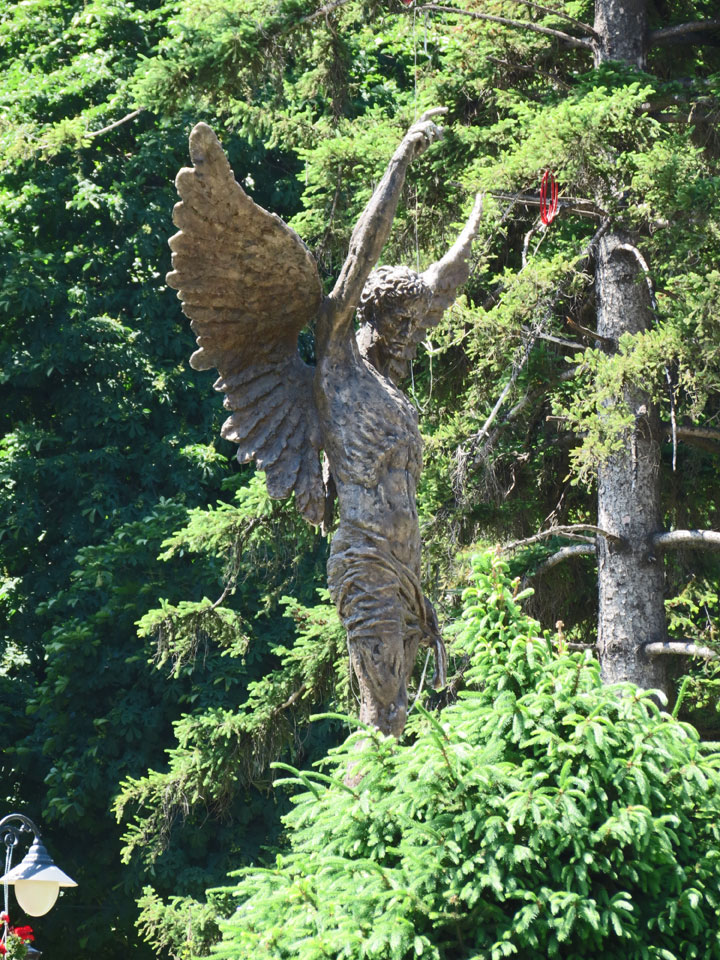
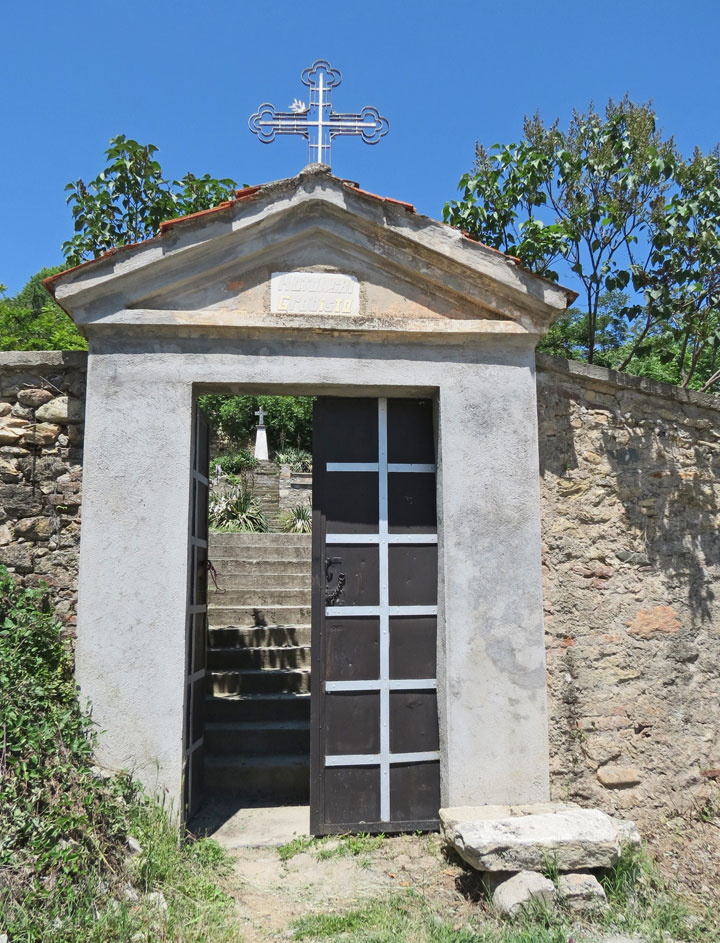
entrance to cemetery
